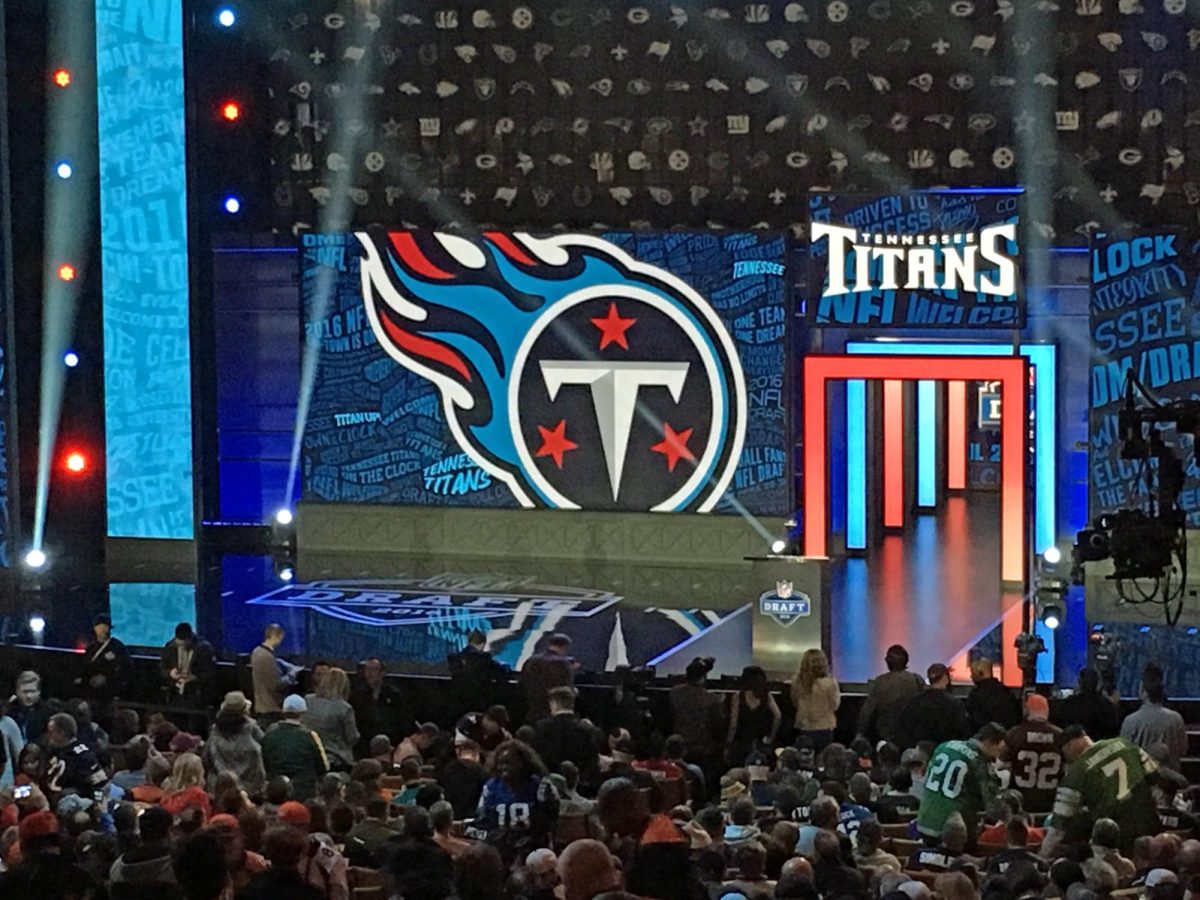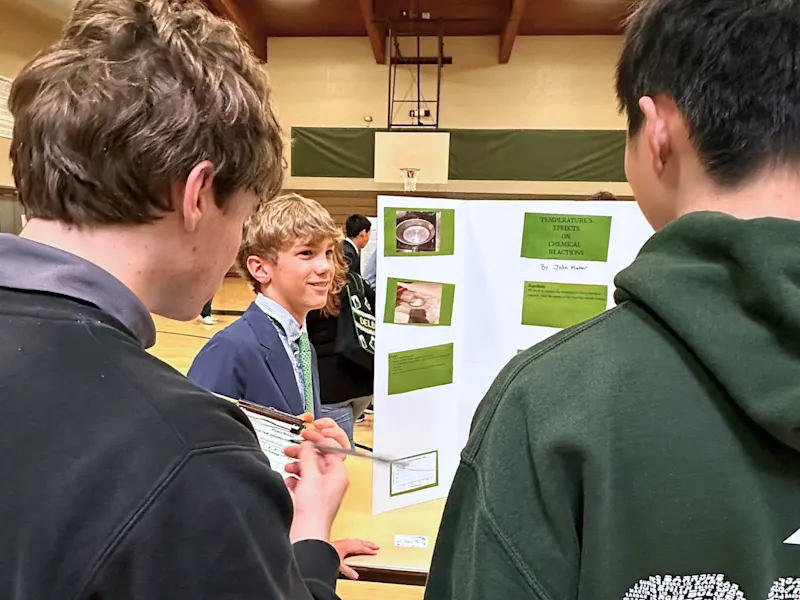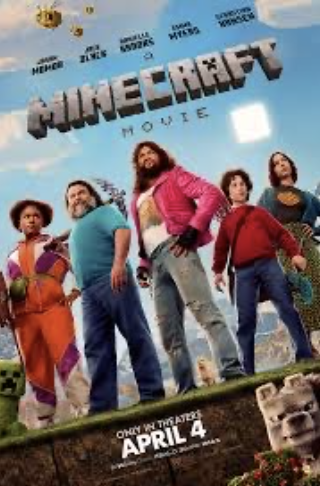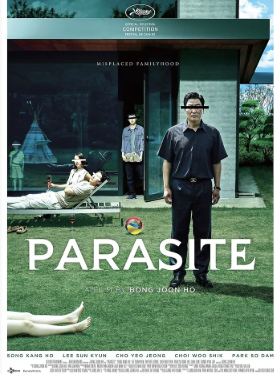Unicode Update
One World Computer Language?
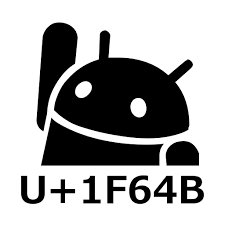
October 4, 2022
On September 13th, 2022, the Unicode Consortium released version 15.0 of the Unicode Standard. Unicode now encodes a total of 149,186 characters. But what is Unicode?
Have you ever wondered how a computer knows what characters to display in a document, like the one you’re reading right now? Computers store data in bits and bytes, essentially integers that range from 0 to 255. Each number (sometimes made of multiple bytes combined in a method outside of this article’s scope) maps to a unique character. For example, the number 68 is equal to the letter D in Unicode. Initially, computer scientists made their own mappings for their own uses. However, this meant that documents could not be transferred between different systems. One number could map to one character on one computer, but it could map to a completely unrelated character on a different computer. Imagine what would happen if your teacher saw your homework as a bunch of Greek characters!
Unicode aims to solve this issue. Unicode was supposed to codify and unify every major mapping system (called encodings) across the globe. This means that Unicode can contain obscure characters, like “” (which, by the way, is an alchemical symbol for day and night) because at least one of the original systems it aimed to replace contained it. However, as one may imagine, there are many different characters across the many alphabetic and ideographic scripts of the world. Emojis are part of Unicode, for example. This means that Unicode will never be finished. New characters spring into existence all the time. That’s why we have Unicode updates. These updates can either modify descriptions for existing characters, or they can add new characters.
As a computer user, you probably won’t ever need to think about Unicode ever again. But sometimes, it’s nice just to think about the magical technological wizardry that we normally don’t see but that glues the entirety of the modern world together.



